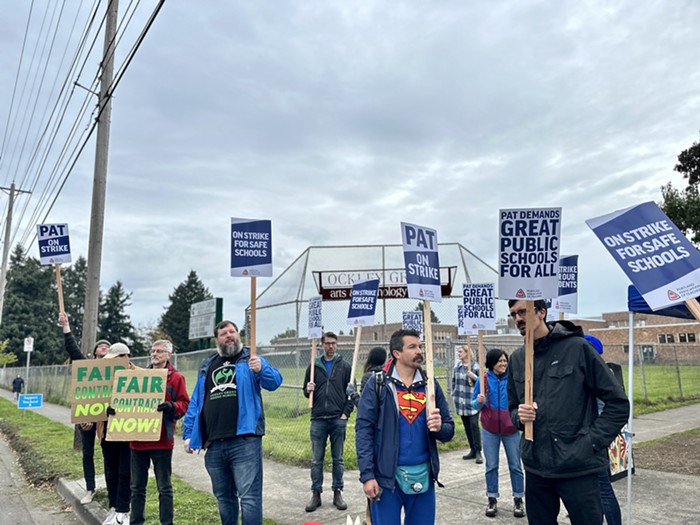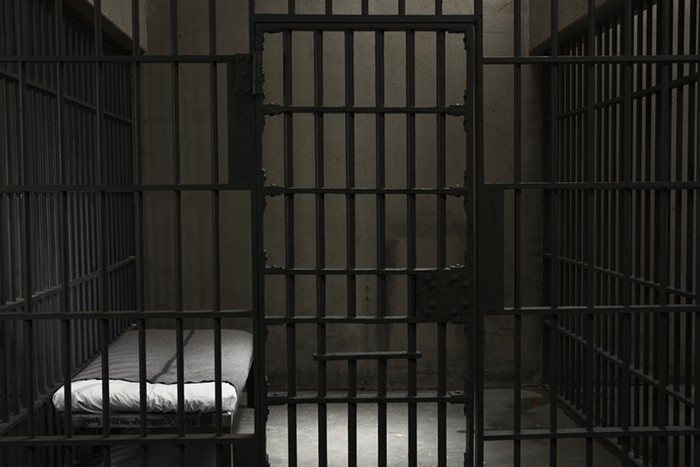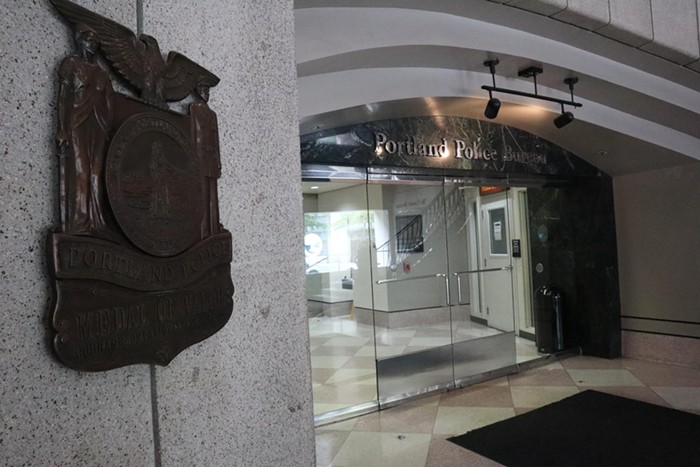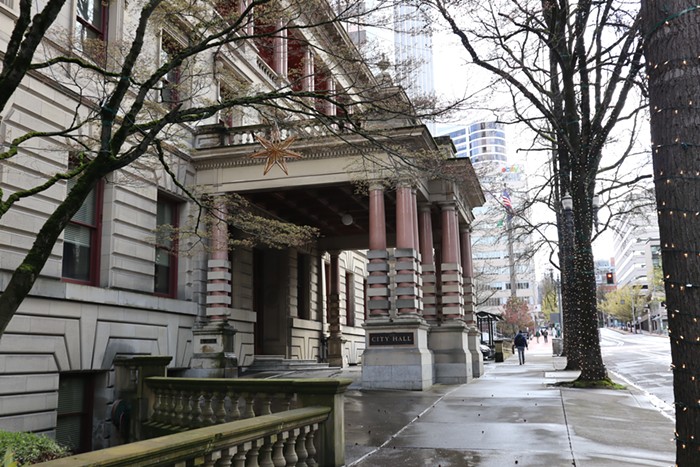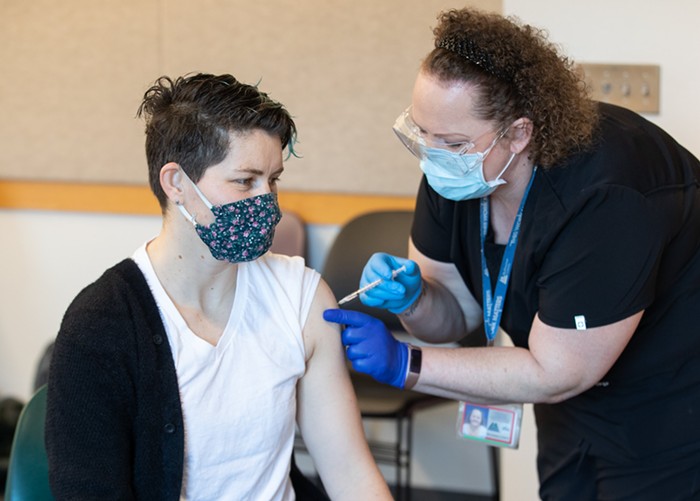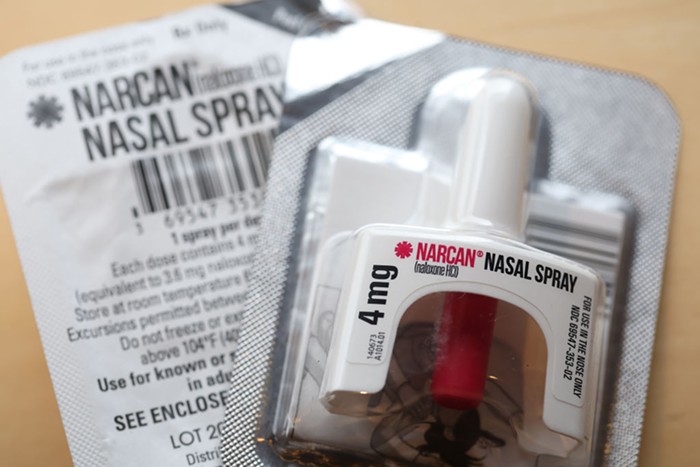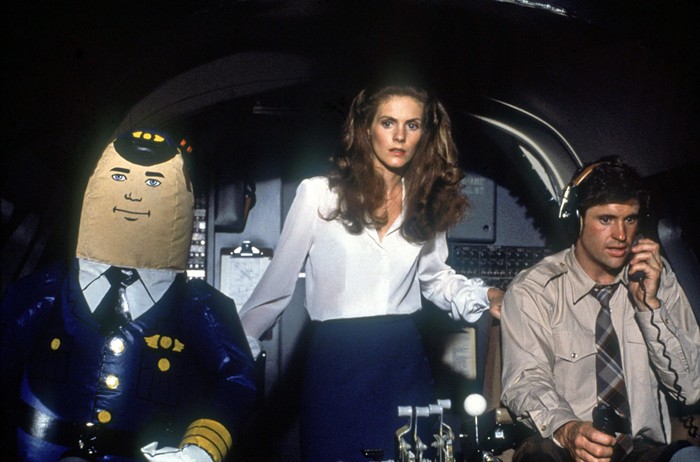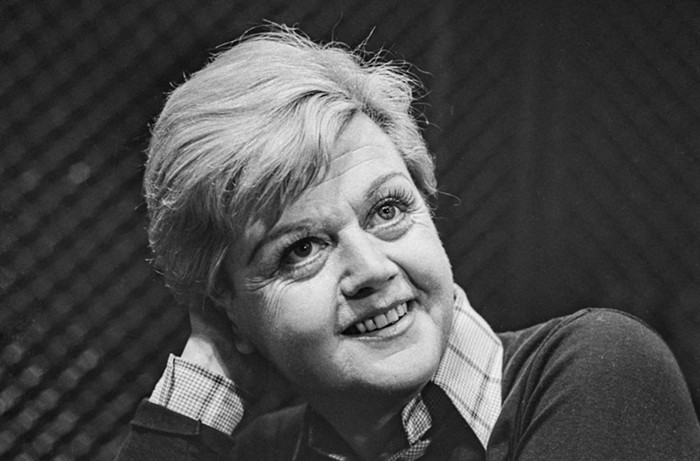THE COPS ALWAYS find the sunny spot in an impossibly dark picture.
For the second time in two years, an outside auditor probing some of Portland's most notorious police shootings has unearthed gaping holes in how cops are trained to avoid using deadly force and then, crucially, how their missteps are investigated and punished. Worse, it found some flaws linger despite (sadly) repeated opportunities for the Portland Police Bureau to learn from those mistakes.
Investigations take too long. It's not clear when armed suspects can be chased—raising the odds of deadly force being used. The bureau still isn't clear when cops can stand in front of moving cars—raising the odds of deadly force. And there's still no policy explicitly telling officers they can be fired just for severely mucking up one critical incident.
But here's how the bureau responded: with a smile.
"We remain committed to being transparent," Chief Mike Reese wrote in an appendix to the findings in this year's report, released Wednesday, July 10, by the city auditor's office and County of Los Angeles Office of Independent Review (OIR). "We agree with OIR that there always will be room for enhancements or improvements."
And now you see—even though the bureau has demonstrably improved the way it investigates itself in recent years—why there might still be a problem. Because what Reese casts as mere "enhancements" are anything but. Especially for a police bureau working with the feds after it was found to be using excessive force against people with mental illness.
The report examined one in-custody death (Tim Grant, 2006) and six shootings (Marcello Vaida, 2005; Dennis Young, 2006; Scott Suran, 2006; David Hughes, 2006; Osmar Lovaina-Bermudez, 2009; and Keaton Otis, 2010). It found disturbing problems that could have been immediately addressed after each incident, but never were.
The report noted a series of shootings, including Vaida's and Otis' and Grant's, where cops used Tasers inappropriately and didn't even understand the basic mechanics of how the devices work. It urged the bureau to further strengthen its Taser policy, recently revised at the behest of the feds, limiting how long cops can Taser someone and when.
Most of the recommendations come from the Young shooting. Young was shot after he tried to pull Lieutenant Jeffrey Kaer into the stolen car he was driving, following a series of tactical errors by Kaer that put the cop in harm's way and let the confrontation escalate. Kaer was fired for failing his training. But an arbitrator reduced that to a one-month suspension because bureau policies didn't allow training lapses−or someone's death−as a factor. They still don't.
And the bureau has only just begun formally studying why it loses in arbitration cases.
Meanwhile, fired cops like Ron Frashour, who shot Aaron Campbell in 2010, still get their jobs back in arbitration even when training reviews say they shouldn't.
"It's important the bureau has standardized policies, whether it's on Tasers or foot pursuits," says Constantin Severe, the city's Independent Police Review director. "And they need to train on them and hold their officers responsible. That's where we get into trouble."

